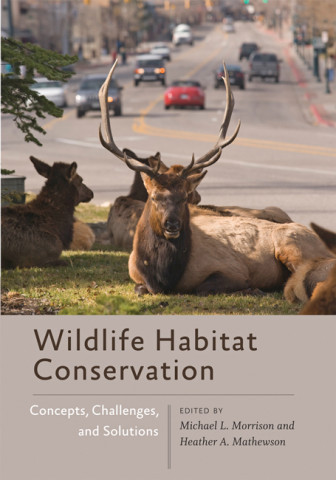
Reviews
Reidinger provides an updated overview, and guidance, in the second edition of Human-Wildlife Conflicts Management: Prevention and Problem Solving....the text is very pedagogically written and the concepts are well-explained, in accessible language, accompanied by descriptive diagrams, flow-charts and case studies.
Of particular interest to Wildlife Disease Association members, the wildlife disease chapter is relevant and current. It is a concise summary of disease, disease principles, and management. Additionally, numerous examples of both plant and animal diseases are used, including some current issues such as SARS-CoV-2 and avian influenza.
With a well-structured approach, Reidinger covers an impressive amount of topics necessary for understanding and addressing the complex challenges of human–wildlife conflict. The updated edition of Human-Wildlife Conflict Management consolidates and expands on the first version while providing new research, case studies, and insights. Whether one is a student, researcher, or any type of wildlife professional, Human-Wildlife Conflict Management serves as an invaluable resource.
If you want a bird's-eye view of a complex subject from an academically rigorous point of view, then this book is for you. Teachers of wildlife damage management especially should consider using this text for their classes.
This book is a significant contribution to the wildlife management and conservation literature... This book will be a solid foundation for a course on this important discipline... The well-written, comprehensive text, numerous illustrations, tables and boxes, summaries, and end-of-chapter questions make a professor's job easy. Highly recommended.
Book Details
Preface
Part I: Overview
1. Introduction
2. History
3. Resources
Part II: Biological and Ecological Concepts
4. Organismic and Species Systems
5. Populations and Their Applications
6. Communities, Ecosystems
Preface
Part I: Overview
1. Introduction
2. History
3. Resources
Part II: Biological and Ecological Concepts
4. Organismic and Species Systems
5. Populations and Their Applications
6. Communities, Ecosystems, and Landscapes
Part III: Surveys of Damaging Species
7. Global Conflicts: Invasive and Endemic Species
8. North American Conflicts
9. Zoonoses and Wildlife Diseases
Part IV: Methods
10. Physical Methods
11. Chemical Methods
12. Biological Methods
Part V: Human Dimensions
13. Economic Dimensions
14. Human Perceptions and Responses
15. Politics and Public Policy
Part VI: Strategies and the Future
16. Operational Procedures and Strategies
17. Future Directions
Glossary
References
Index






